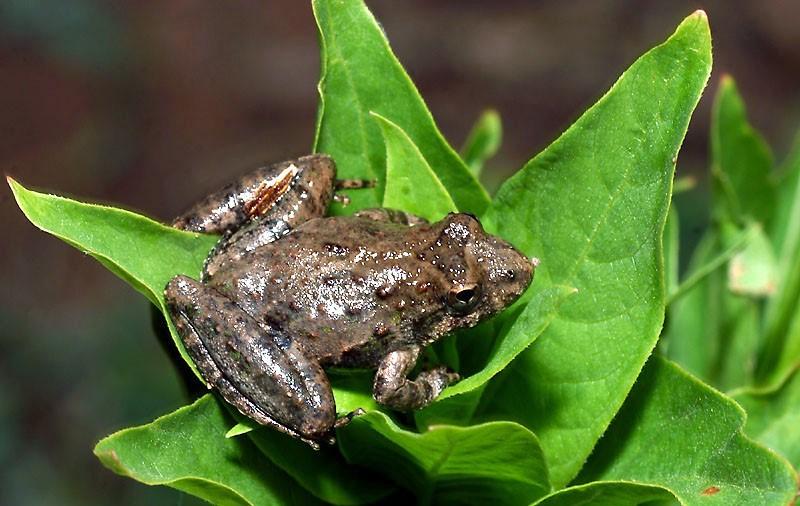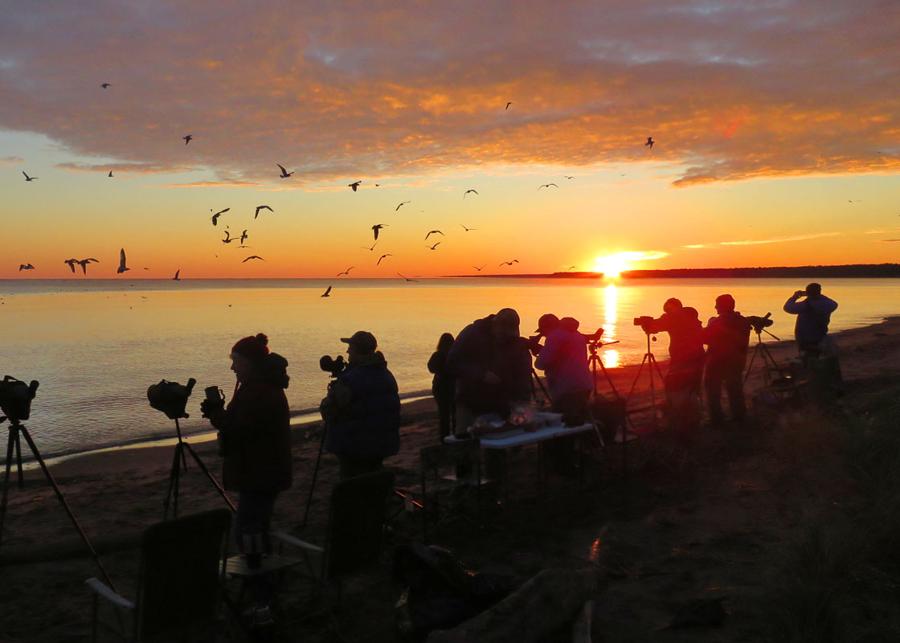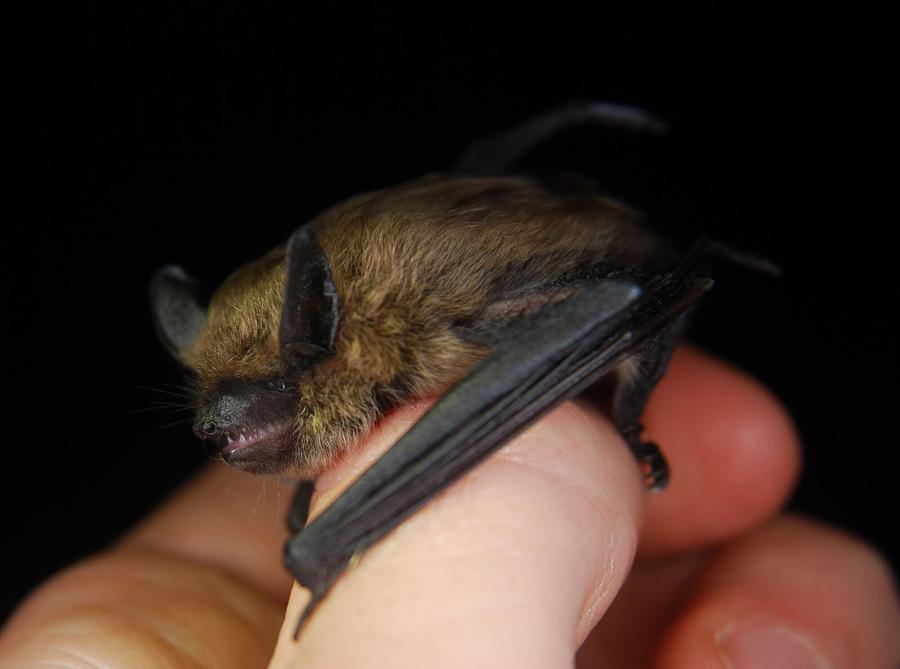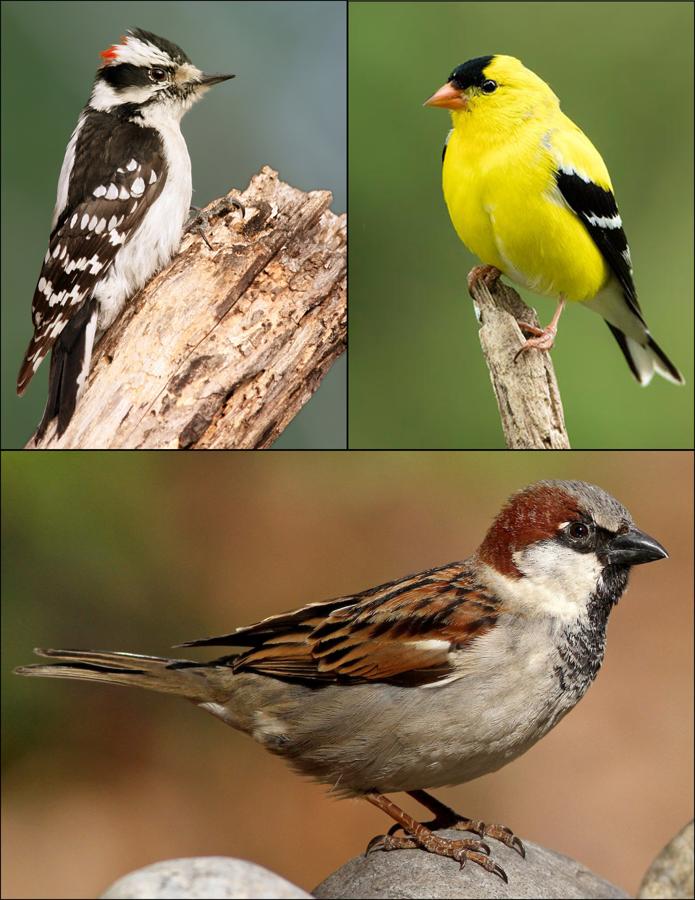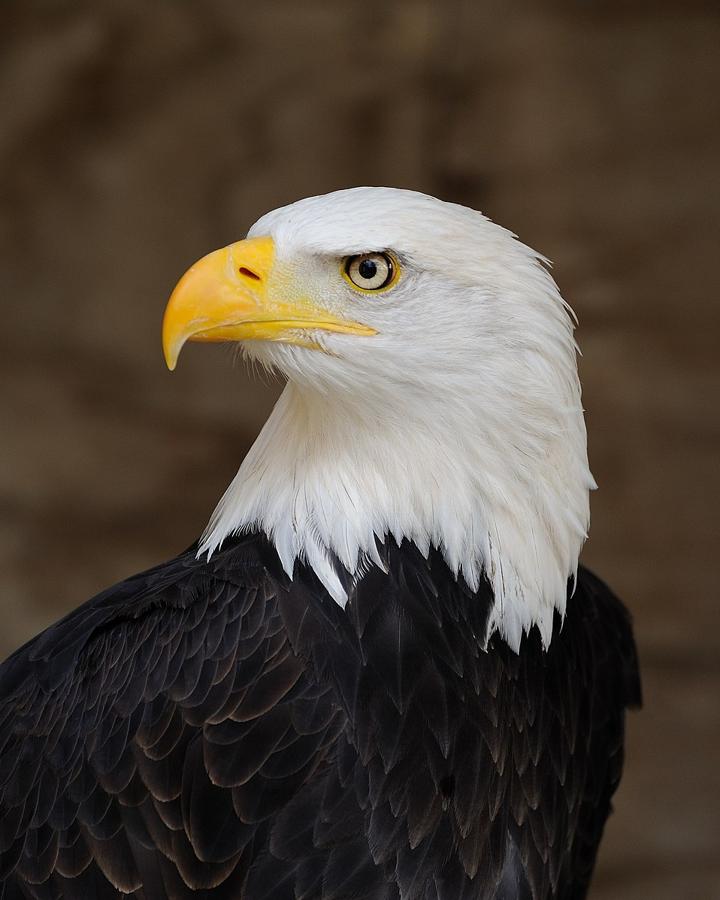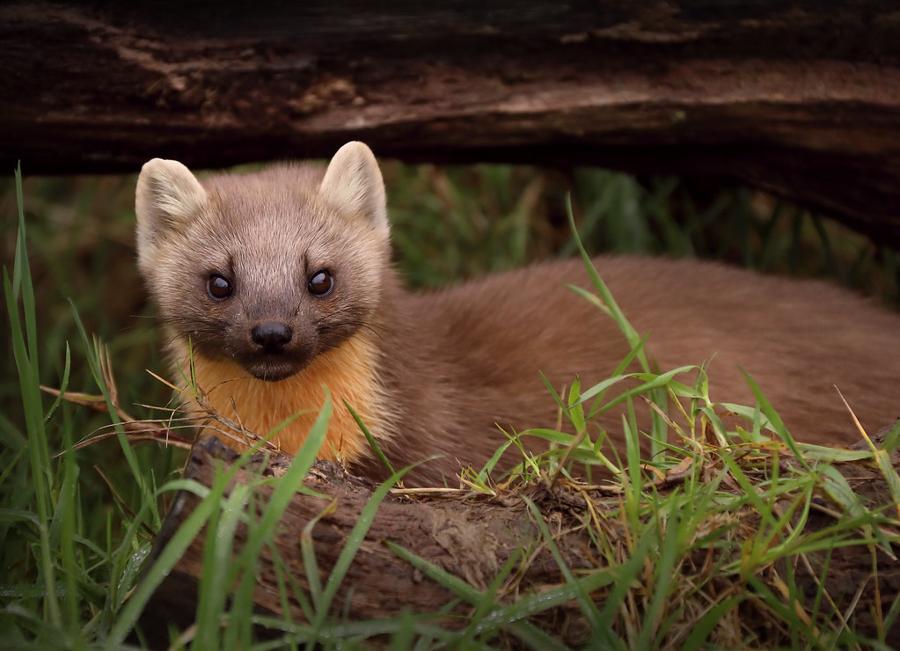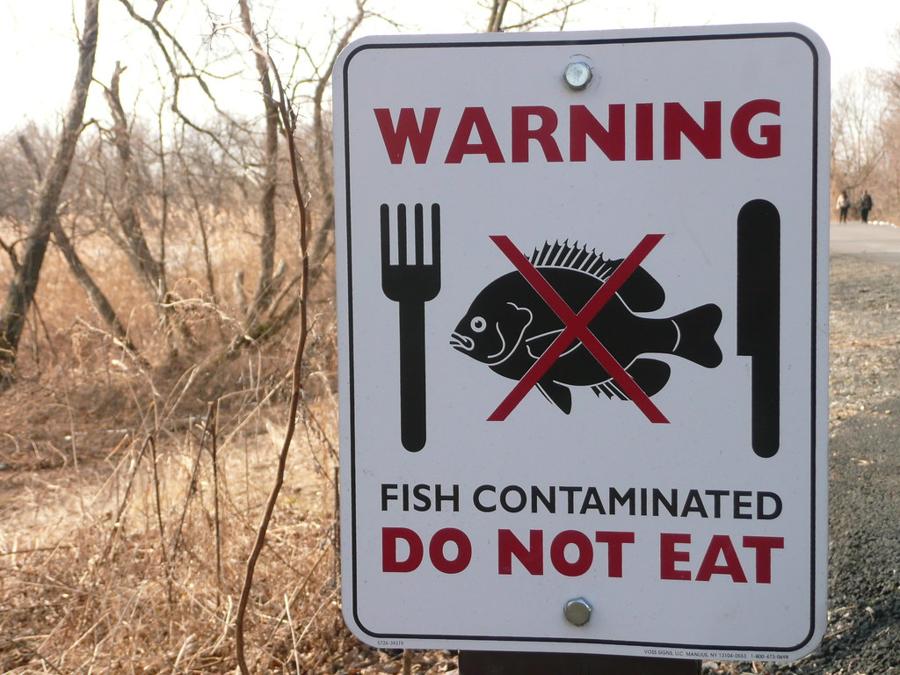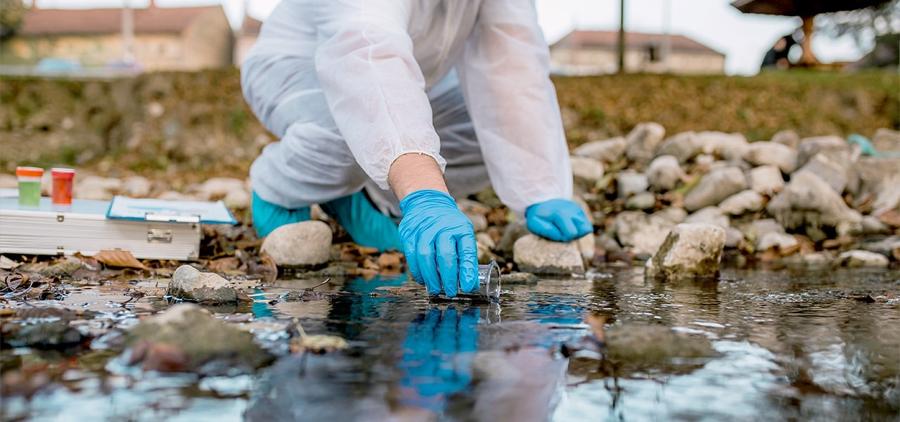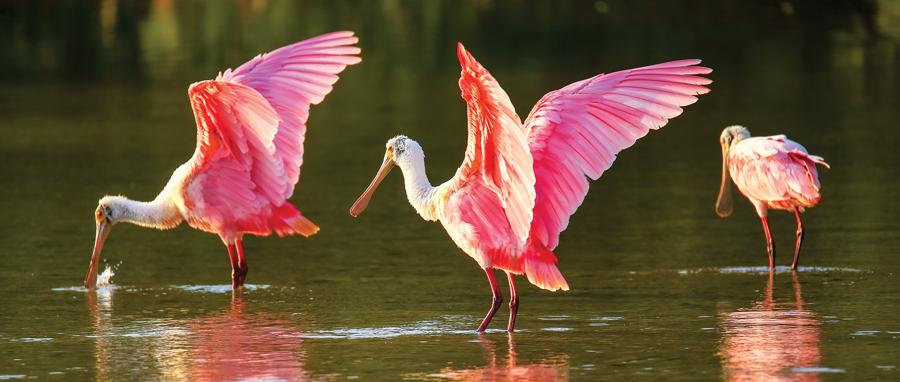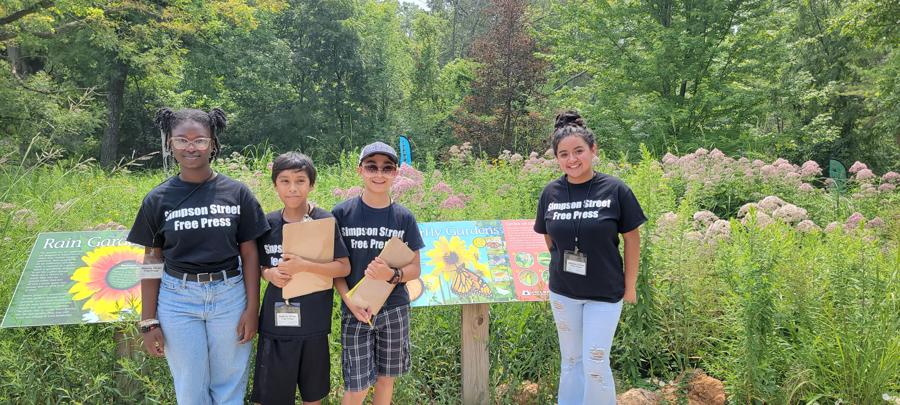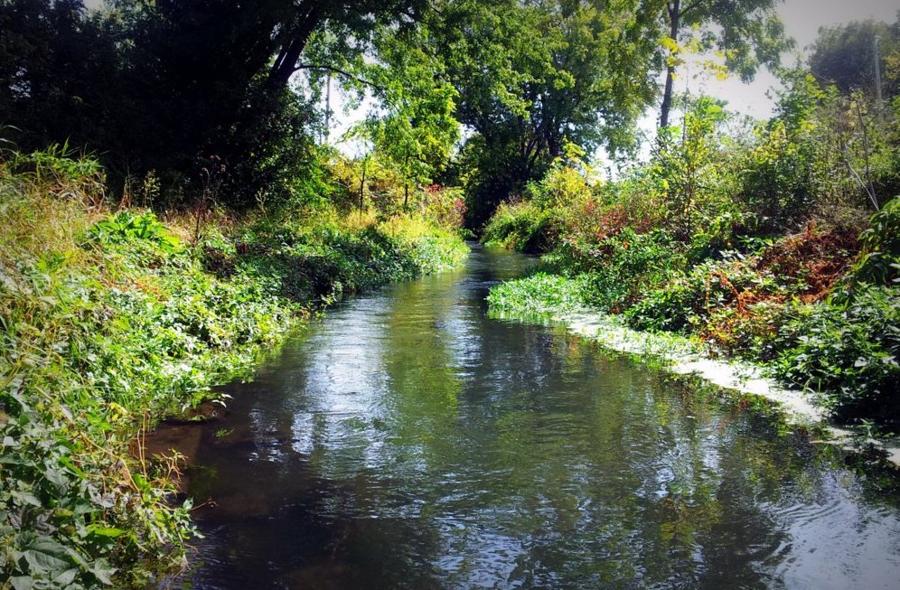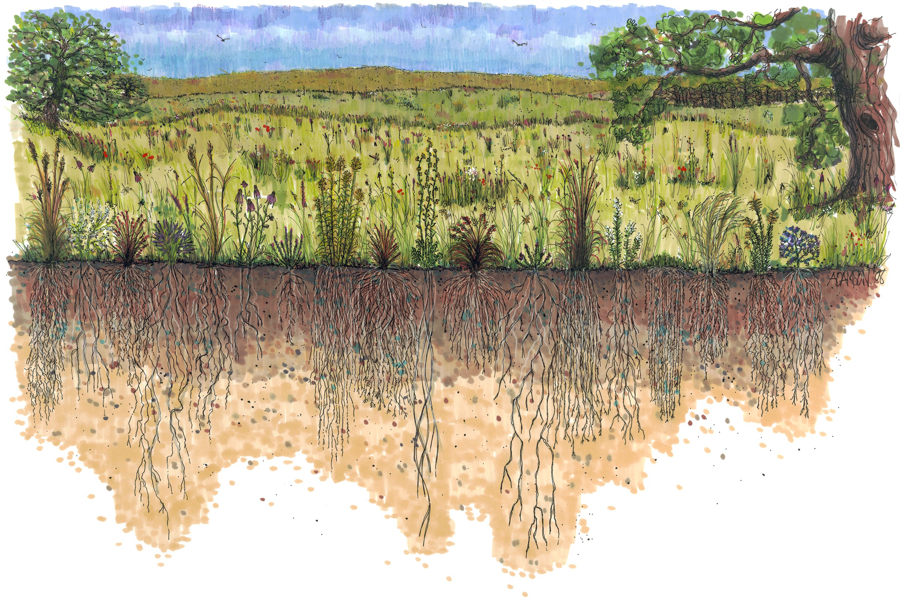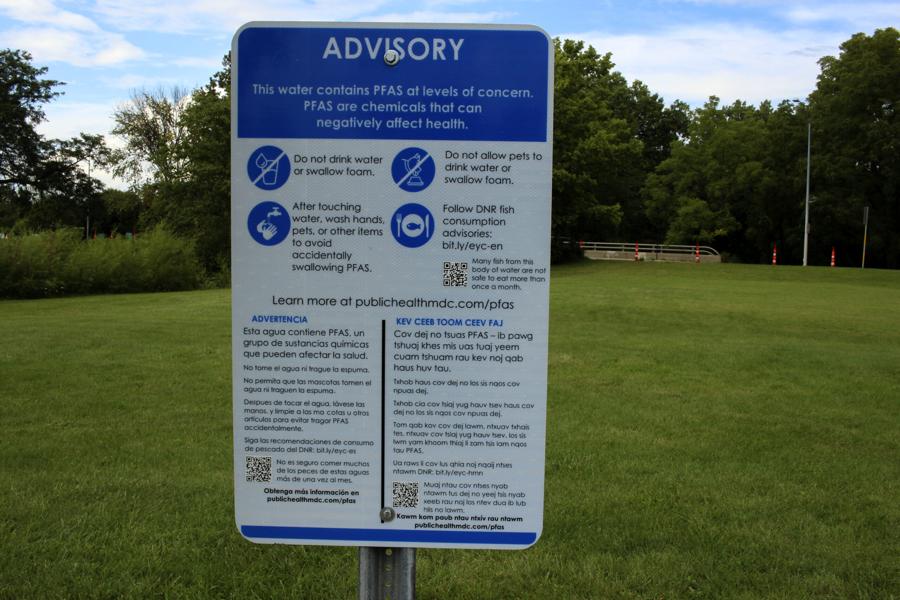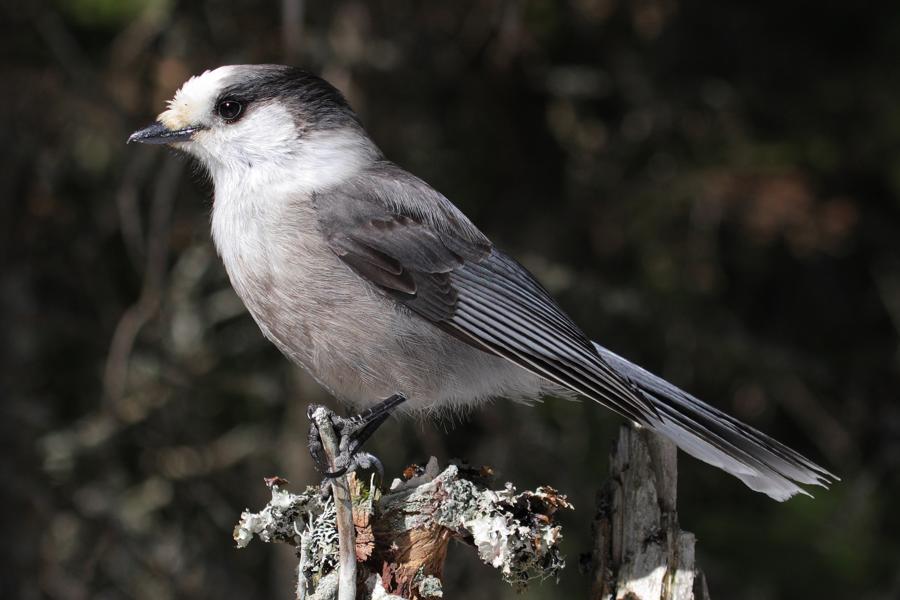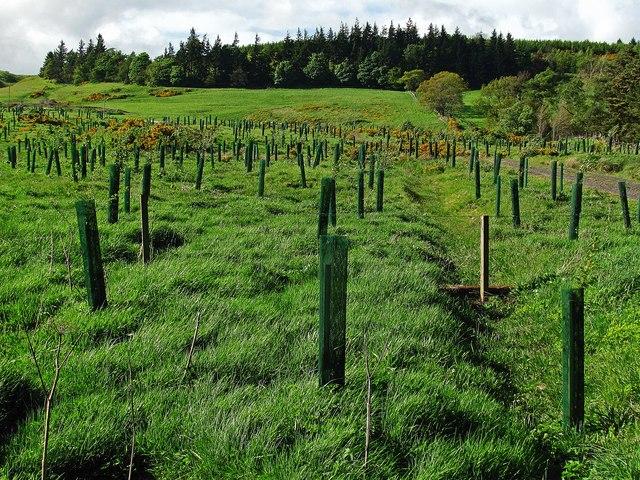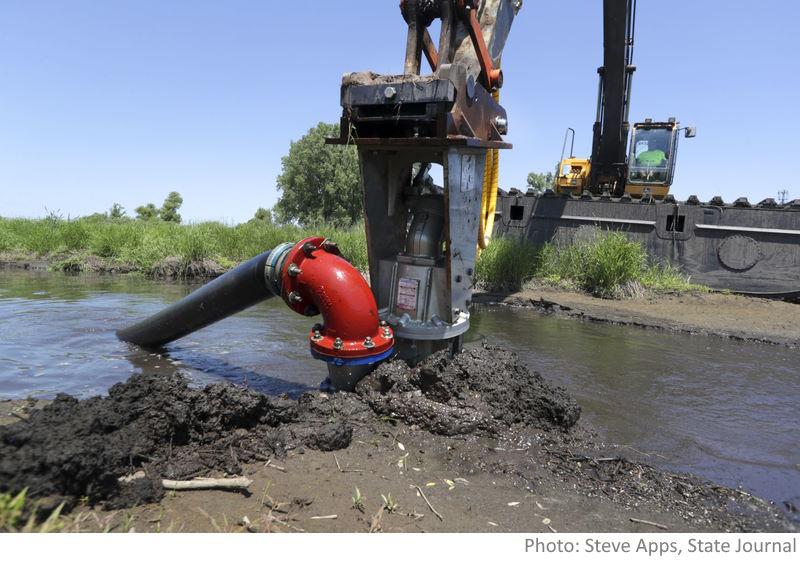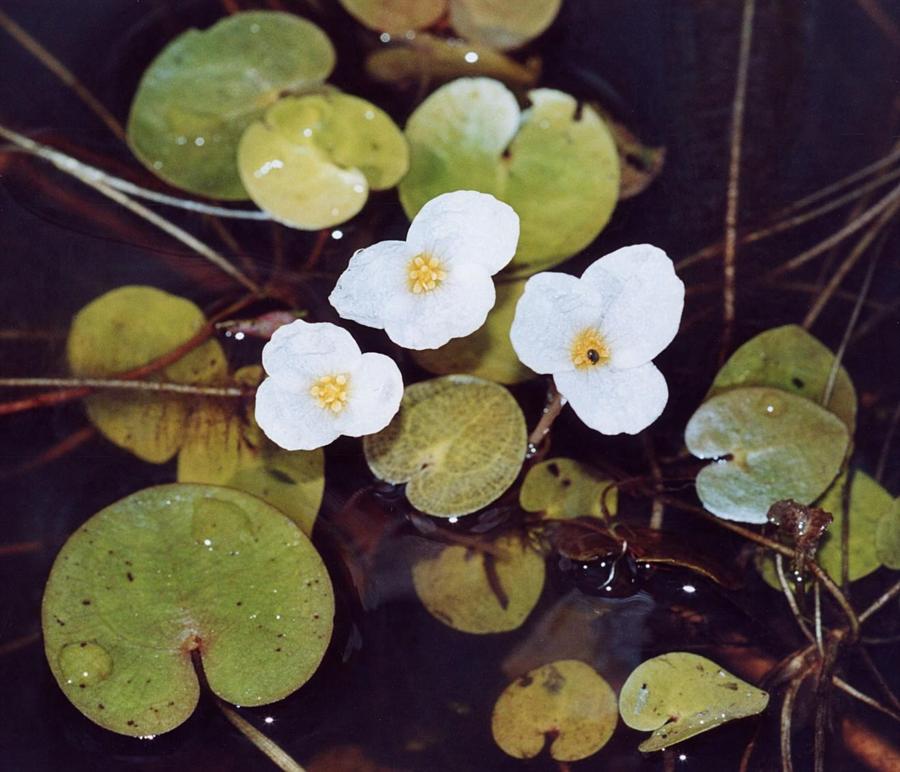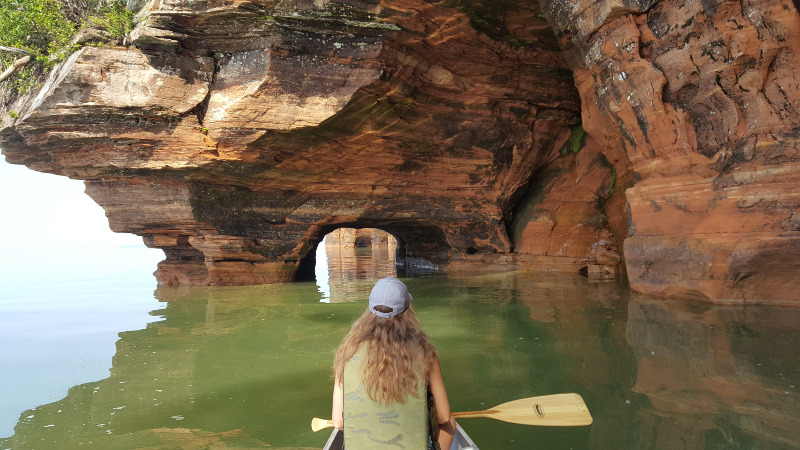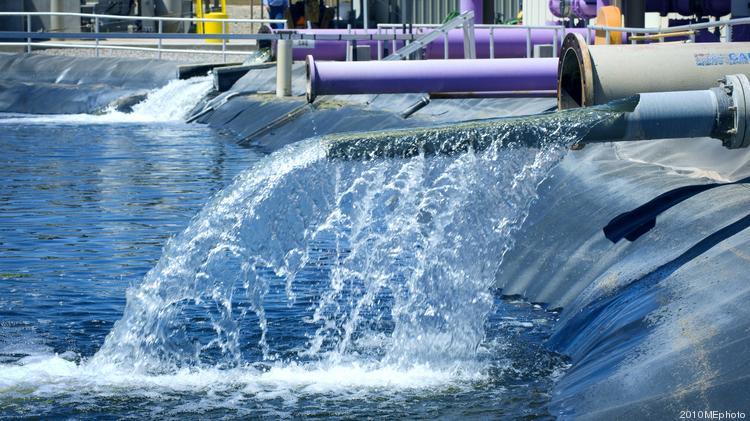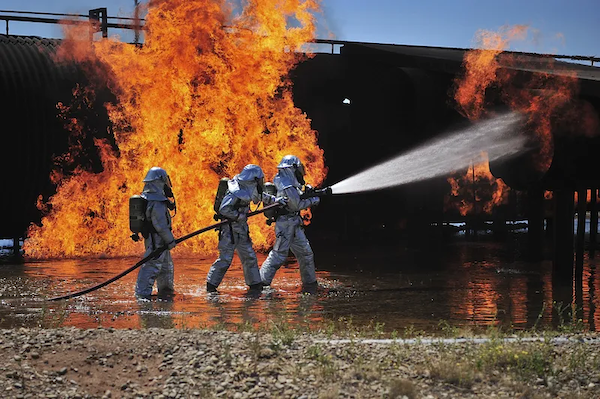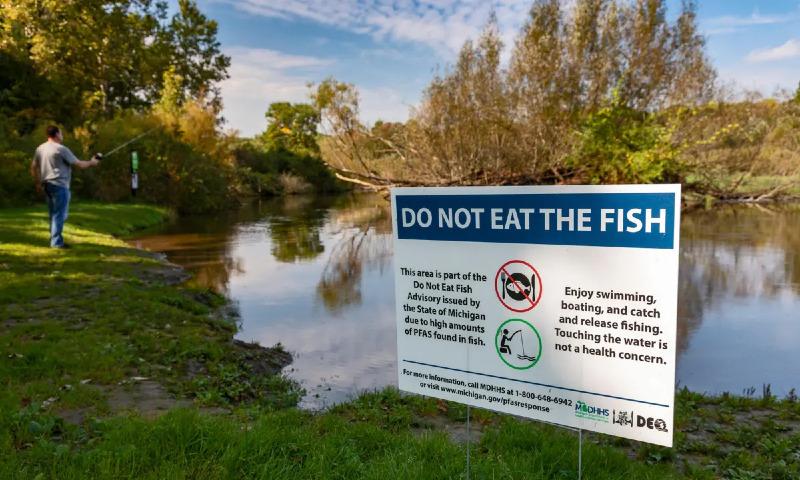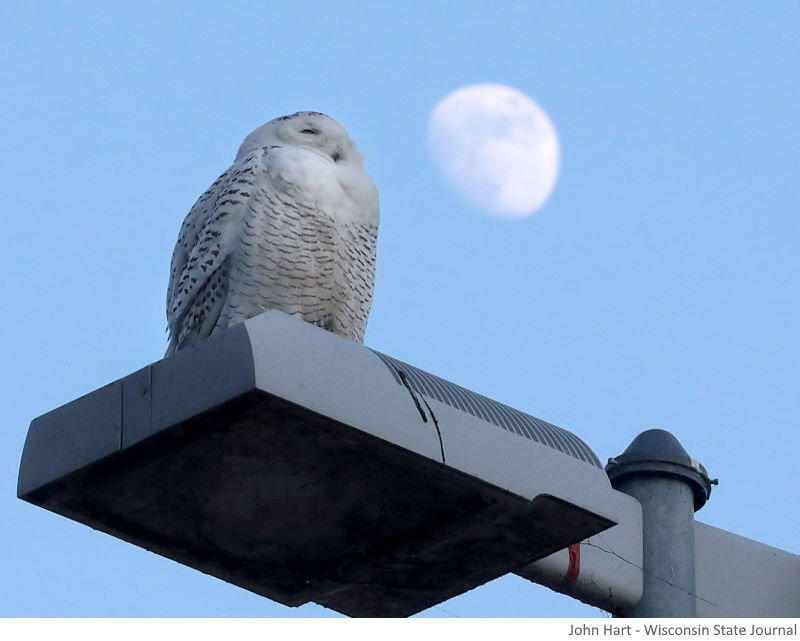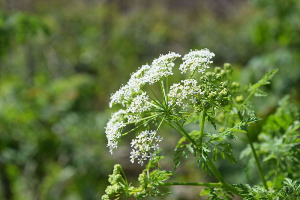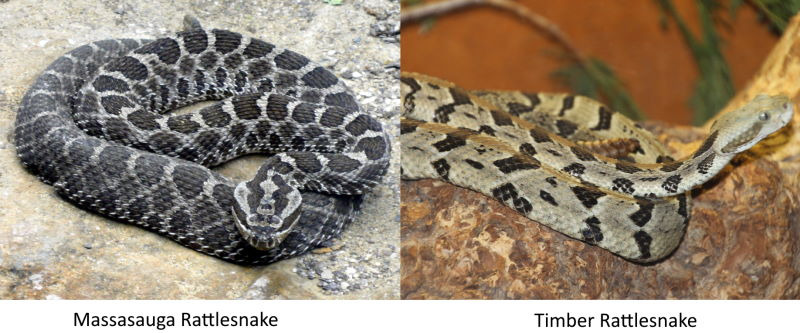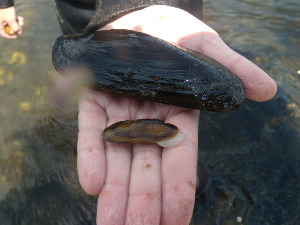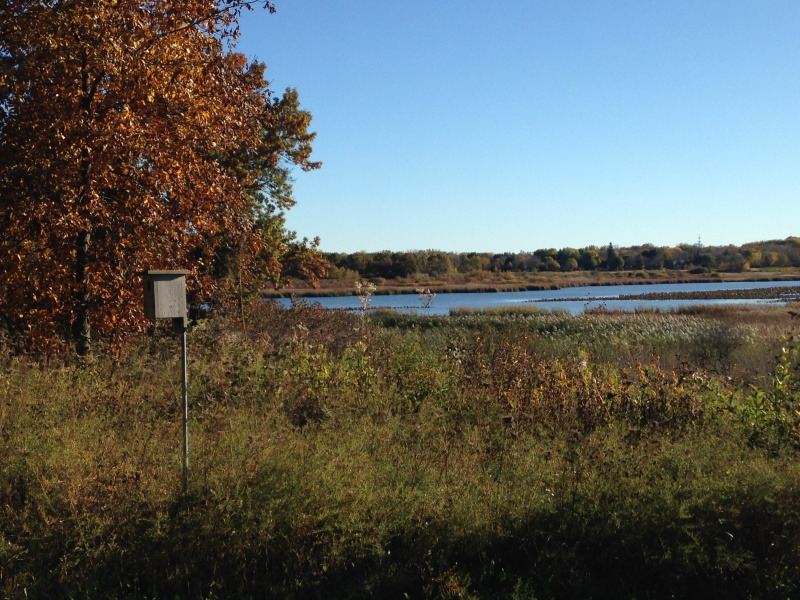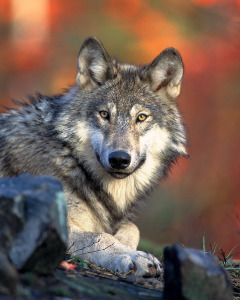Why the Wisconsin River Flows Backward?

by Kevin Chen, age 17
One of Wisconsin’s most familiar rivers may have once flowed in the opposite direction. According to recent geological studies, the Lower Wisconsin River might have originally flowed eastward, not westward toward the Mississippi as it does today. This surprising possibility is changing how geologists interpret the area’s geologic past and reveals how thoroughly rivers can be shaped by natural forces over time. To understand this dramatic shift, researchers have turned to focus on what lies beneath the wider Wisconsin River Valley.
There are numerous signs of a much older landscape throughout the Lower Wisconsin River Valley. A flat layer of rock at the bottom of the valley suggests that a different river once shaped this area. The unusual slope of the buried valley floor points to a flow that moves eastward. Although much of the original surface has been worn away or buried, these underground clues give researchers important insight into the river’s ancient path and larger system. However, the river didn’t change course on its own—something much larger shaped its direction.
During the Ice Age, large glaciers moved across parts of the Midwest and reshaped the land. These massive sheets of ice could block rivers, change their flow, or create entirely new channels. In this region, glaciation likely reversed a river that once moved East to the Gulf of Saint Lawrence. As ice covered and reshaped the land, drainage systems were disrupted, and new routes opened, forming parts of the modern Mississippi River Basin. Though the shift happened gradually, the effects are still visible in the landscape today. To better understand how the river valley formed, scientists needed tools that could look beneath the surface and into the past. [Read More]









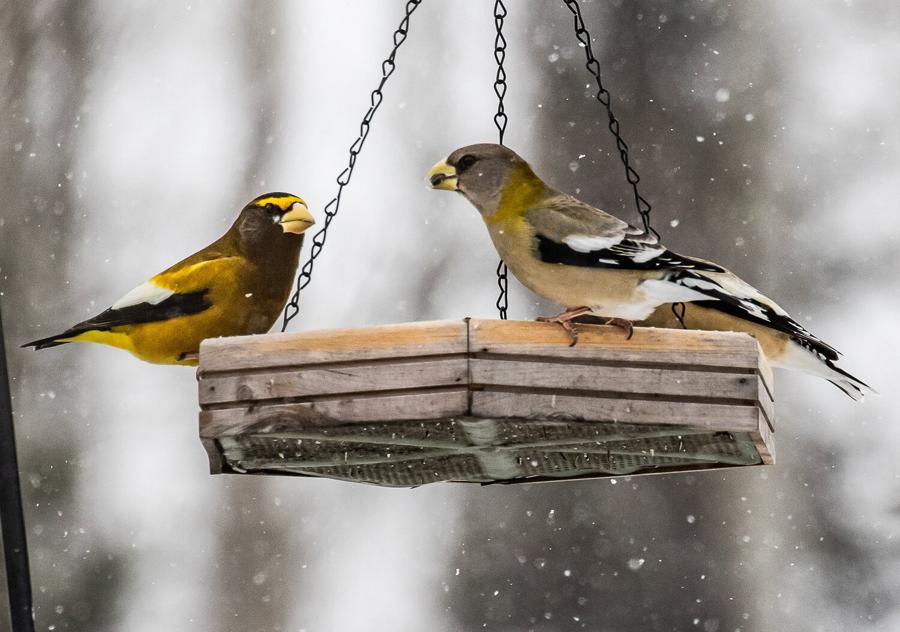



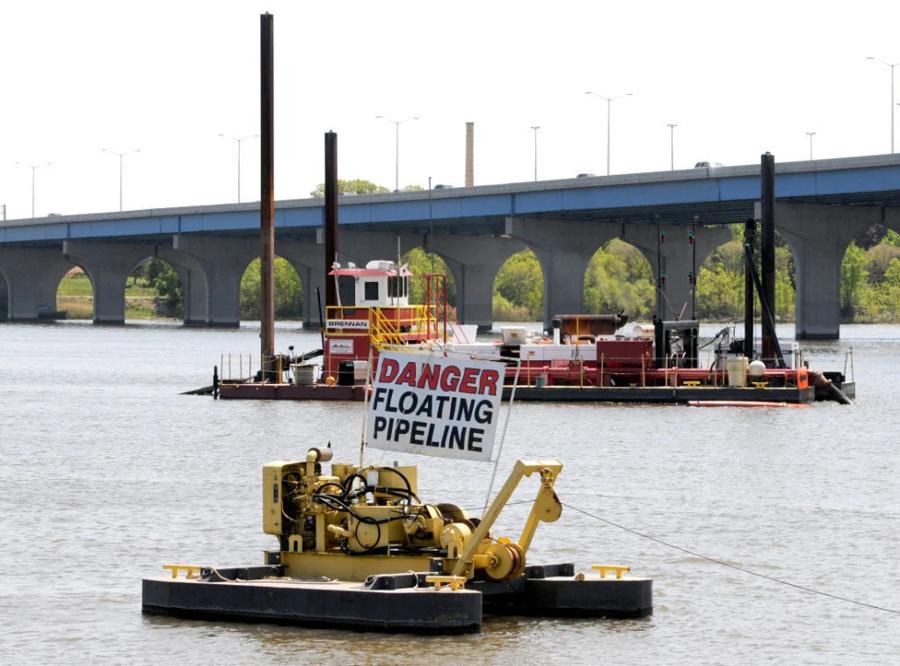
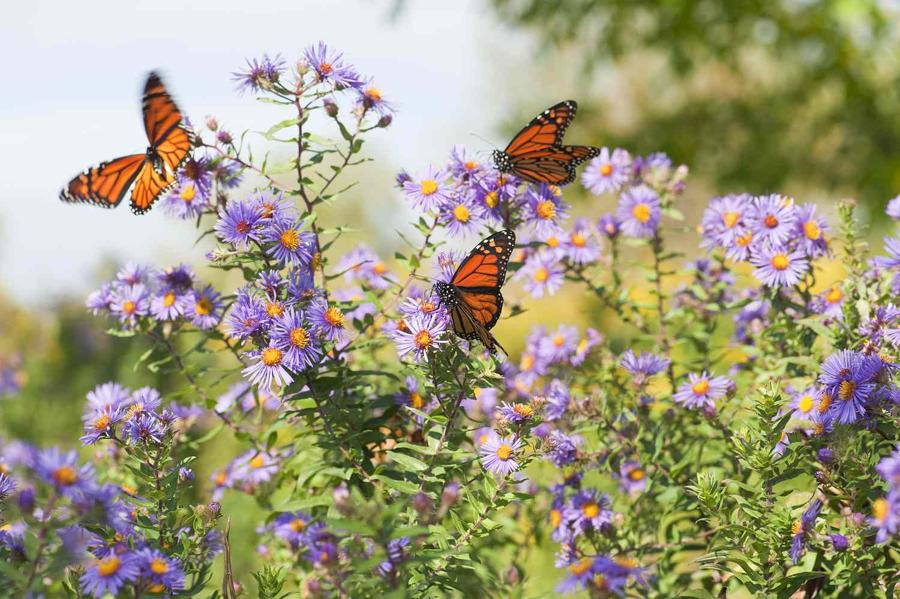
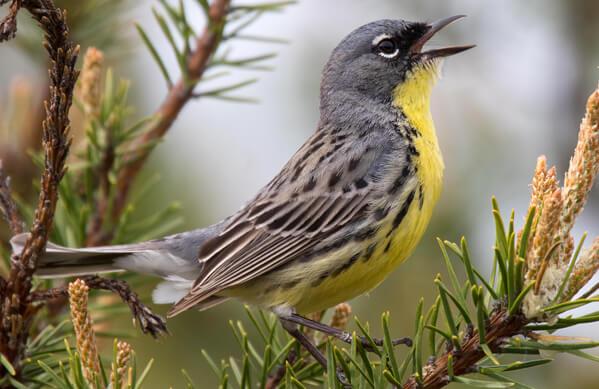

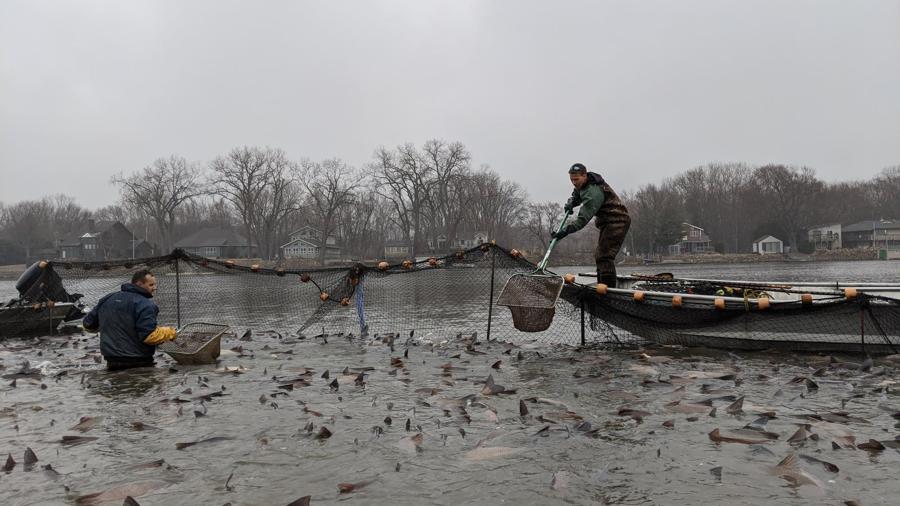
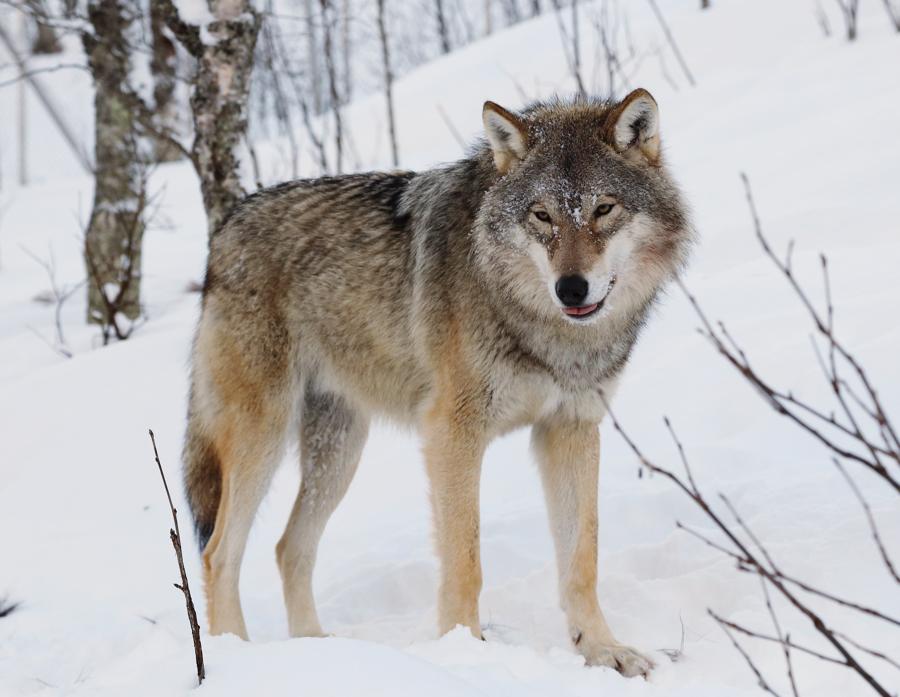
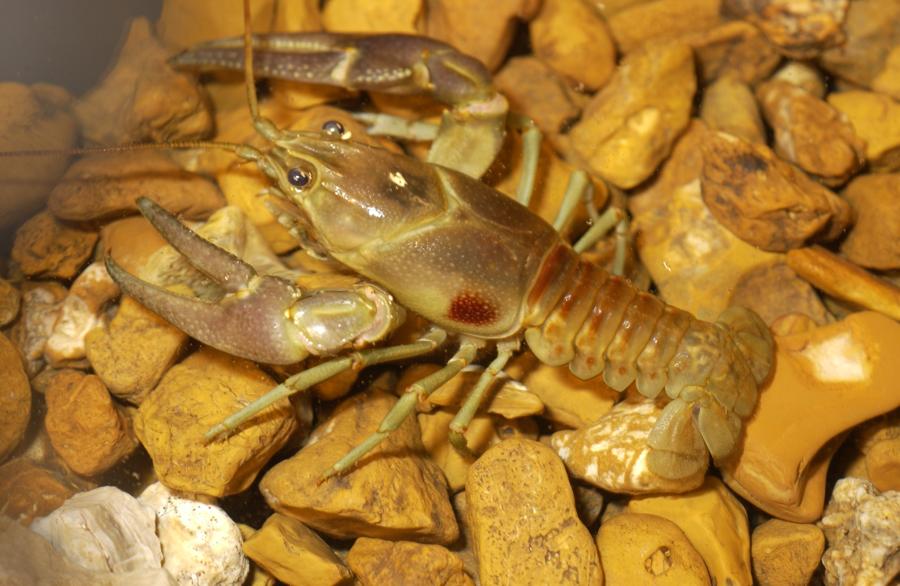
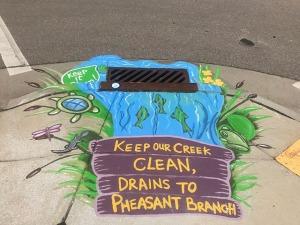
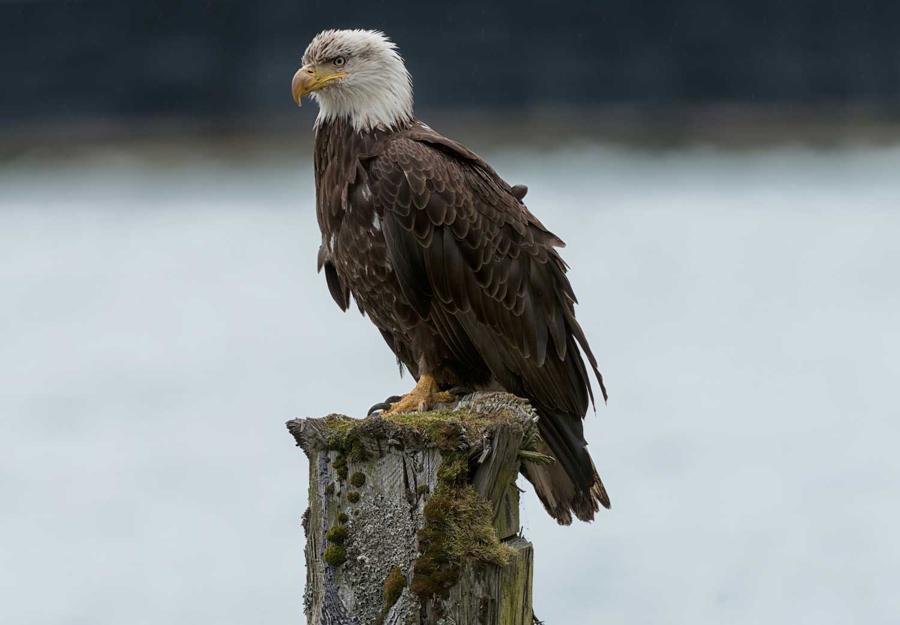
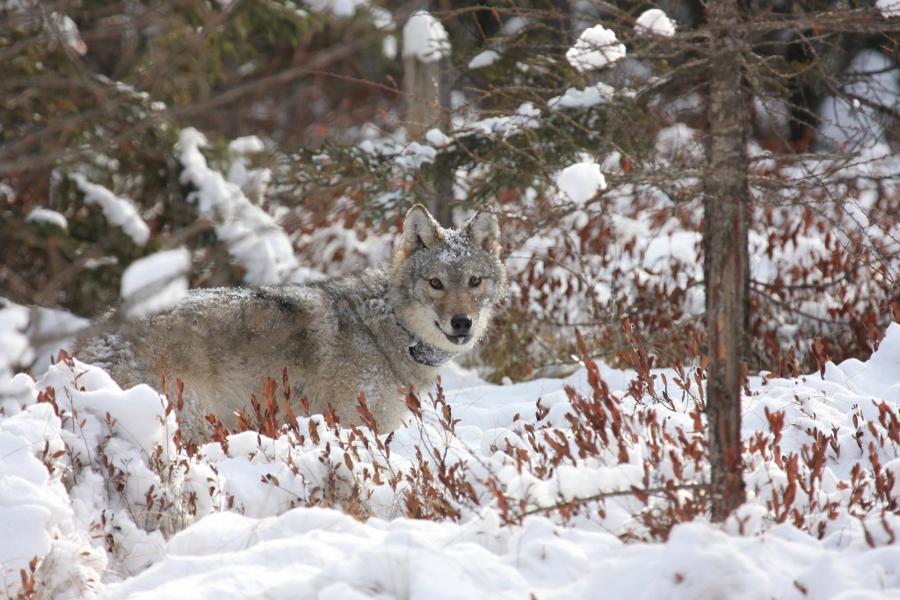

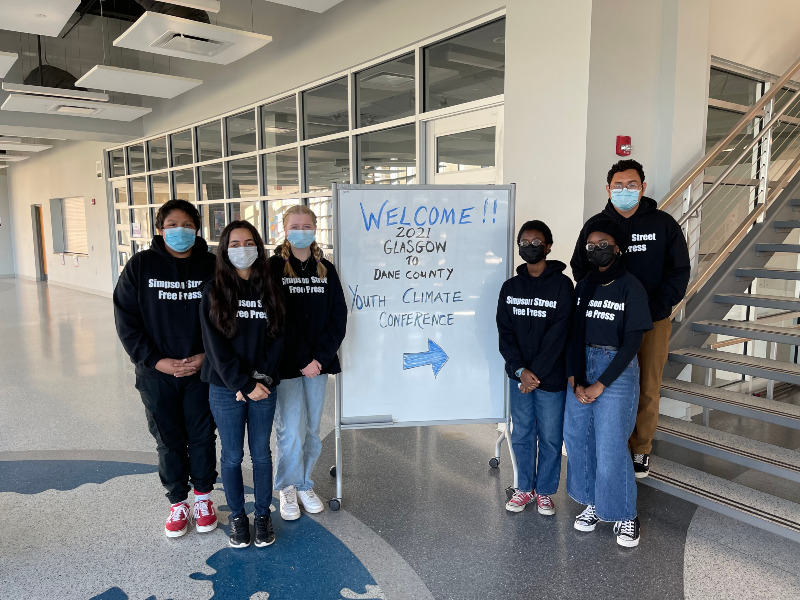
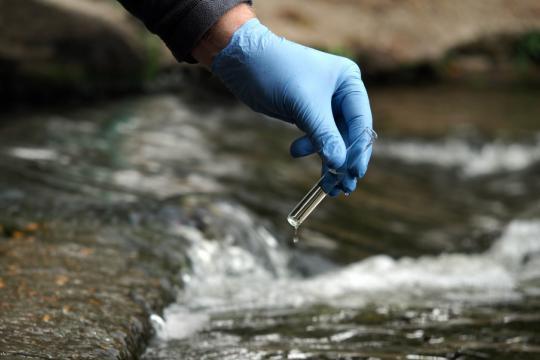
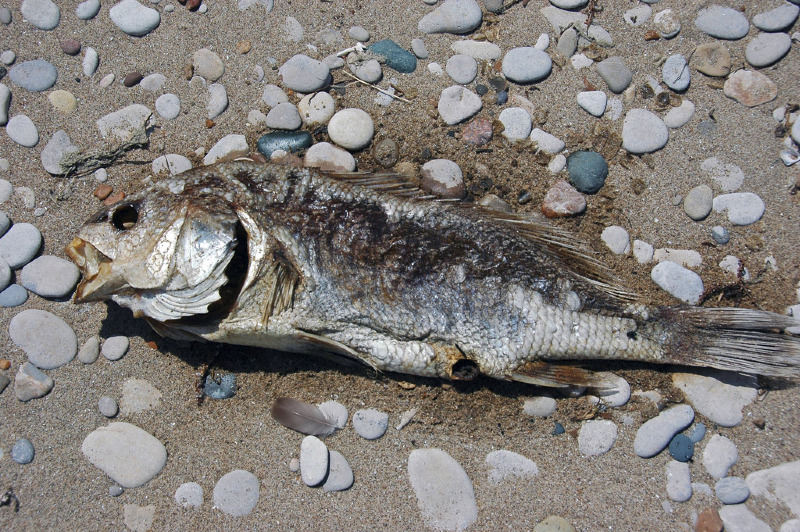
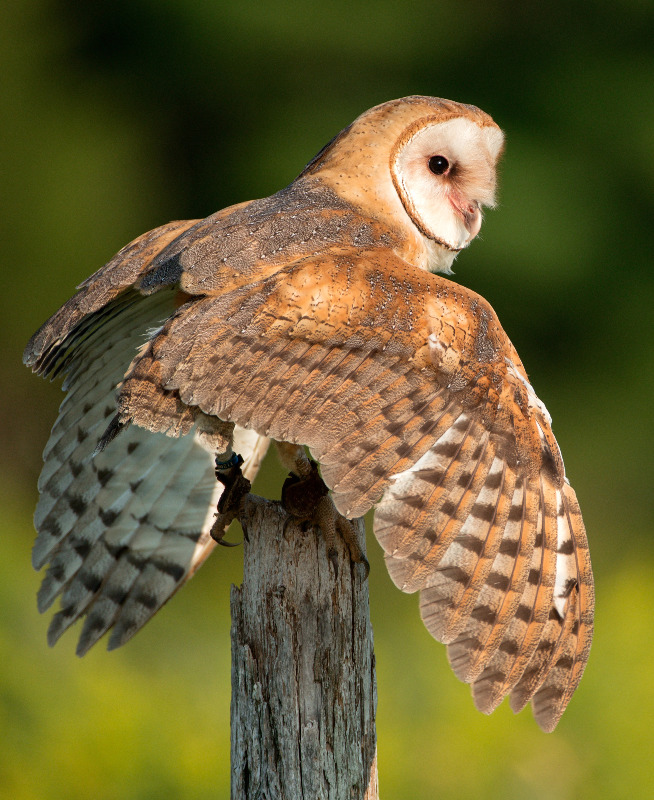
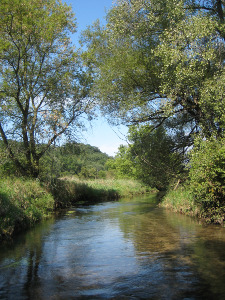






.jpg)

